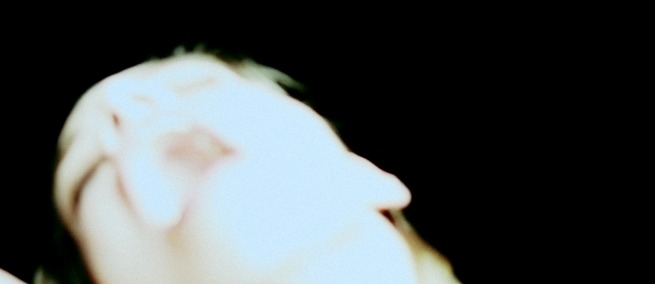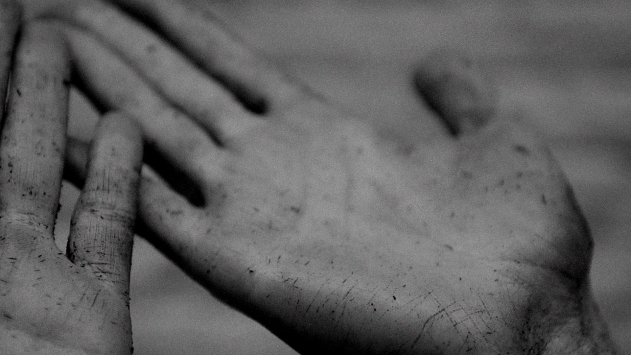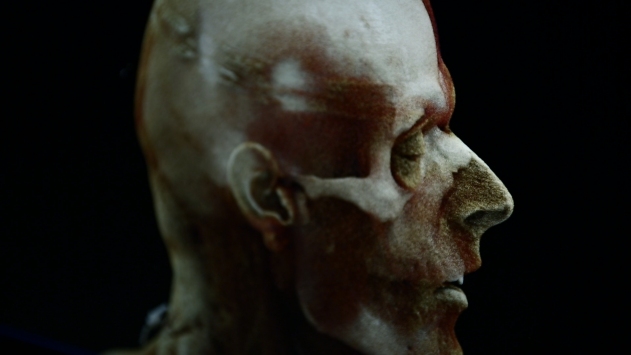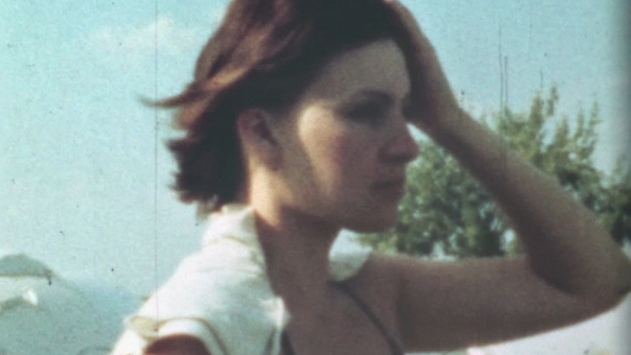
The 2020 Hot Docs Festival—North America’s largest documentary film festival, normally held annually in Toronto—is showcasing 135 short and feature-length documentary films online, includes a number of science-themed works. Ira A. Goryainova’s film BILE is part of the Markers section which features experimental films that take new approaches to form. A cinematic essay on representations of illness throughout history, BILE features archival medical footage, Russian state propaganda, and Goryainova’s home movies that interweave her mother’s, and her own, interactions with the medical system.
Moscow-born Ira A. Goryainova is a director and video artist. She lives in Brussels where she is completing her PhD. We spoke with her on Skype about BILE, which is available to watch online through Hot Docs from May 28 through June 24.
Science & Film: How did you decide on a starting point for this film?
Ira A. Goryainova: I decided to work on the subject of illness, and like often happens in the beginning, I had no idea what exactly I was doing. I wanted to create an essay on how we portray illnesses throughout the centuries. That was my initial idea, and then I started to Google and collect information. When I work it's not just cerebral, but rather, I look at things and if it catches my attention, I continue with them.
S&F: Did you know when you started researching the extent to which the moving image has played such a role in changing the way that we see ourselves?
IAG: Actually, this film is part of my PhD research and the theme of my research is the body—the representation of it and the way we perceive our body, and how the body perceives what we see on screen. So yes, I had some ideas, of course. The entire film was an adventure for me of discovering all these little facts which are coincidence or not coincidence, which I think were running together at a certain period. For example, in 1897, x-rays and cinema are invented, and it is also the beginning of Freud's theories on dreams. He started to write about dreams in 1897 so for me this year is spectacular because three of the subjects meet each other.

S&F: If you had to say what your thesis is about this film, or what you learned through making it, what would you say?
IAG: I started my research with a very simple direction—it’s artistic research, so everything I do is artistic practice. While making this film, I ended up with Michel Foucault and his ideas on biopolitics and in particular on the medical gaze. From this I started to ask, what kind of power does an image have upon us? For example, an MRI image or an x-ray image is very powerful because it’s charged with knowledge. My main [question] is the difference between perceiving a documentary image and a fictional image.
In BILE, I created a new term, “hyper-documentary,” which is, for example, a medical image which is a pure registration of what there is, which you can't fake. In documentary you can fake my cutting and editing, but not in a medical image.
I want to ask what effect hyperdocumentary, documentary, fiction, and so on has. My research question is: what is the imperative relationship between the image and the body?

S&F: At what point did you begin to bring the more personal, home movie footage into the film?
IAG: Actually quite early. I realized that unconsciously I was coming back to the illness of my mother, and when my mother was sick I saw so many MRIs—before I even started to work on this film, I could already understand what an MRI means. But I was not expecting that [the home movies] would end up so much there. When I started to re-watch the archive of my family I realized that it was super interesting, maybe not in the context of Europe or in the Western part of the world, but in the context of Russia because it was taken very soon after the fall of the Soviet Union and VHS cameras were still very rare. It’s a document which is very important, there are not so many recordings of things like that, like New Years celebrations. When I went with BILE to Moscow, people came up to me saying, this footage is amazing.
Using the political footage, I wanted to show the contrast between the government and how it uses an individual for its own sake, and how an individual next to it is just nothing. In Russia, and in all totalitarian countries, body, medicine, and physical culture are very important things in propaganda.
S&F: Why is that?
IAG: I guess because it’s a very easy way to influence people. Like, for example, do you know this thing—earworms? Like when you hear a melody and it keeps on playing?
S&F: Yes, of course. Something stuck in your head.

IAG: I wonder what kind of effect a video image has on us, because it doesn’t stay in front of our eyes on the retina for a whole day, but deeper in the mind. In Nazi Germany they were using a lot of film, in Russia also, and I guess today too. In Western countries it’s not politicians but companies and corporations who are doing that.
S&F: I wonder if you’ve thought about how people’s reaction to the film might be different, watching it now during the pandemic versus at a festival beforehand?
IAG: I started working on BILE when the only thing people were busy with was this hysterical desire to be healthy, eat healthy, jog, run, yoga, whatever. Now it’s even more. Health is the new religion, and thanks to the pandemic it will become even more so. People will have a much bigger vocabulary so I can imagine that there will be more interest in a film like mine now. But at the same time, I don't know if it’s a good thing, because then you look at it not with the perspective to which I was intending but a perspective of fear of death. During a pandemic is very different than not. When everything goes fine, your fear of death is very abstract. Now it's not.
BILE is written, directed, and edited by Ira A. Goryainova, and produced by Peter Krüger. The film made its world premiere at IDFA in 2019, and is available to watch online via Hot Docs from May 28 through June 24.
All stills courtesy of the filmmaker
TOPICS